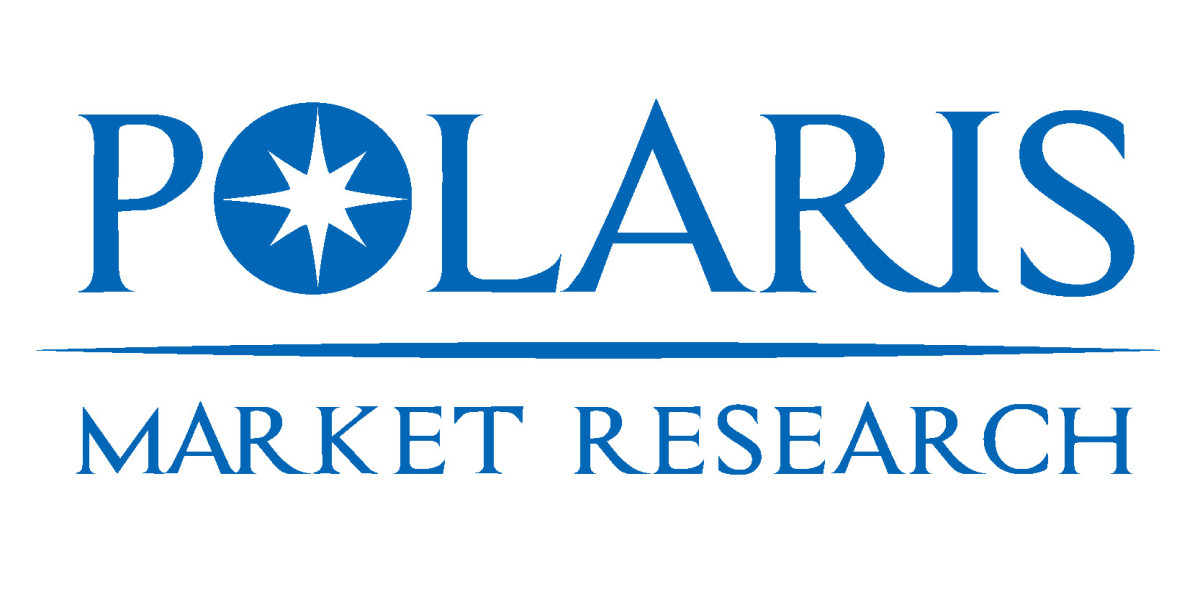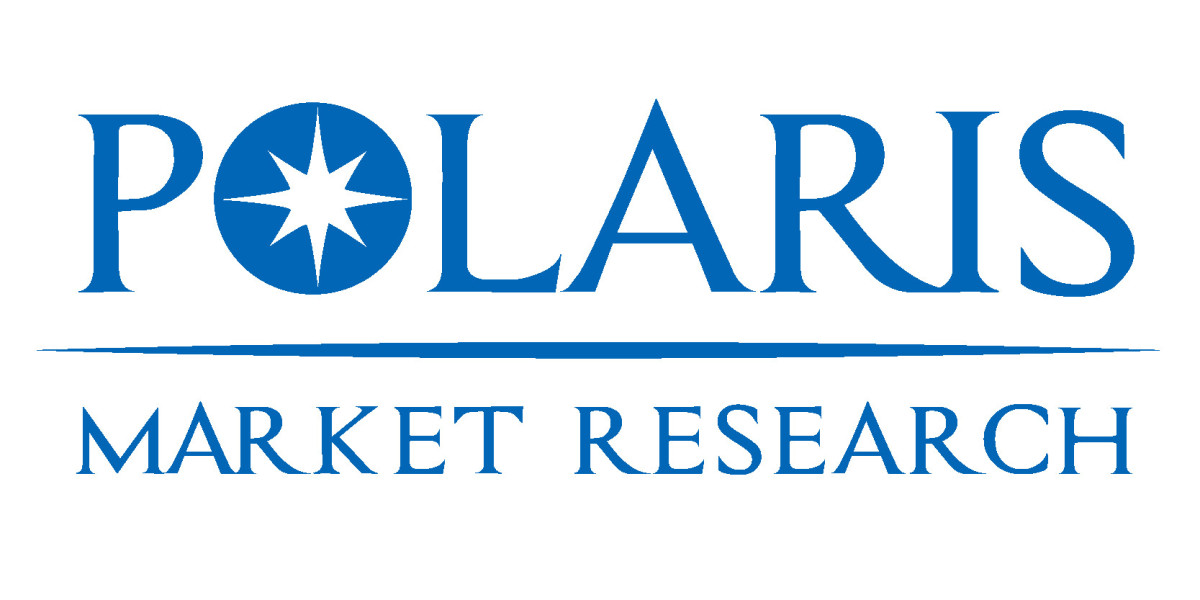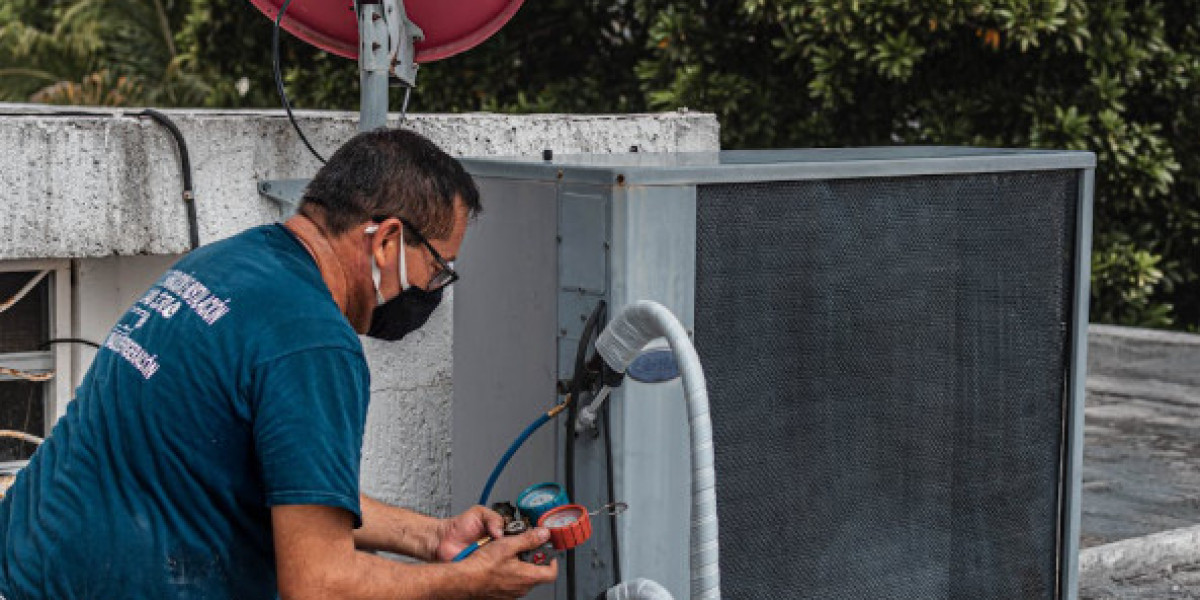Market overview
Global Polypropylene Market size and share is currently valued at USD 133.31 billion in 2024 and is anticipated to generate an estimated revenue of USD 223.54 billion by 2034, according to the latest study by Polaris Market Research. Besides, the report notes that the market exhibits a robust 5.3% Compound Annual Growth Rate (CAGR) over the forecasted timeframe, 2025 - 2034
Polypropylene (PP) is one of the most widely used thermoplastics worldwide — prized for its combination of low density, chemical resistance, processability and low cost. As a core polyolefin, PP finds application in packaging films, rigid containers, automotive components, textile fibers (nonwovens), medical disposables and consumer goods. The material’s adaptability — from homopolymers to impact-modified copolymers and speciality grades — enables formulators and converters to balance stiffness, toughness and barrier properties across diverse end uses. Global demand is being shaped by shifting end-market dynamics (packaging convenience, automotive lightweighting, hygiene needs), coupled with structural changes in propylene feedstock supply and investments in new capacity.
Key market growth drivers
Packaging demand and convenience formats
Packaging remains the single-largest outlet for polypropylene — especially biaxially oriented polypropylene (BOPP) and flexible-film constructions — because PP balances clarity, sealability and cost. Growth in single-serve formats, e-commerce shipments and foodservice packaging has kept volume demand robust, even as brand owners pursue more recyclable constructions.Automotive lightweighting and performance parts
Polypropylene's low density and good mechanical performance make it a material of choice for interior trims, bumpers (with modified grades), and under-the-hood components. Continued vehicle electrification and the push to improve energy efficiency sustain interest in PP blends and reinforced compounds that reduce vehicle mass without compromising durability.Nonwovens and hygiene applications
Medical disposables, sanitary wipes, diapers and filtration media rely heavily on PP-based spunbond and meltblown nonwovens. Elevated hygiene awareness and health-care capacity expansion create consistent demand spikes for specialty PP grades used in filtration and single-use medical products.Feedstock and capacity shifts enabling regional supply changes
Investment in propane-dehydrogenation (PDH) plants and new crackers — along with upstream refinery projects in regions previously import-dependent — is reshaping regional competitiveness and trade flows for propylene and its derivative, polypropylene. New capacity announcements and expansions affect availability, pricing dynamics and supplier strategies globally
?????? ???? ????????:
https://www.polarismarketresearch.com/industry-analysis/global-polypropylene-market
Market research methodology
This assessment of the polypropylene market relies on a multi-method approach designed to capture technical, commercial and regional trends:
Primary interviews with value-chain participants
Conversations with resin producers, film and compound converters, OEM material engineers, and packaging brand procurement teams validate application-level demand drivers and identify performance gaps that influence grade selection.Production and capacity mapping
Analysis of global cracker and PDH projects, PP polymerization assets, and recent start-ups or acquisitions clarifies supply-side trends. Tracking announcements from major petrochemical projects helps anticipate regional shifts in feedstock advantage.End-use demand analysis and scenario modeling
Demand is segmented by major end markets — packaging, automotive, textile/nonwoven, consumer goods and medical — and modeled under alternate scenarios (e.g., accelerated circularity, stronger automotive electrification) to stress-test adoption pathways for different PP grades.Sustainability, recycling and regulatory scan
Given the intense regulatory and reputational focus on plastics, the study evaluates recycling technologies (mechanical and chemical), PCR availability, extended-producer-responsibility (EPR) developments and lifecycle assessments that influence packaging redesign and material substitution choices.
Regional analysis
Asia-Pacific
Asia-Pacific remains the largest and fastest-growing region for polypropylene demand, driven by packaging volume, textile production and a rapidly expanding automotive market. Local investments in polyolefin feedstock and downstream film production continue to strengthen regional supply chains and export capacity.North America
North America benefits from low-cost feedstock tied to abundant natural gas liquids in certain jurisdictions and sustained demand in packaging and automotive components. The region is also an early adopter of advanced recycling partnerships and industrial PCR initiatives that target packaging circularity.Europe
Europe emphasizes regulatory-driven recyclability and higher-value specialty grades. EU circular-economy policies and packaging mandates accelerate conversion to mono-material solutions and increased use of recycled polypropylene where feasible.Middle East & Africa
The Middle East is expanding petrochemical capacity and aiming to capture downstream polypropylene exports; recent refinery and PP plant start-ups are reshaping regional supply. Africa displays mixed adoption: pockets of growth around manufacturing hubs but structural gaps in collection and recycling infrastructure slow circularity gains.Latin America
Latin American demand is concentrated in food packaging, hygiene products and building materials. Investment in local BOPP and PP compounding capacity is raising regional self-sufficiency, though logistics and feedstock access remain important constraints.
Recent project news underscores how new regional capacity can shift trade flows and competitive dynamics — for example, large-scale polyolefin output from new petrochemical complexes is already altering export patterns in Africa and the Middle East.
Key companies
The polypropylene ecosystem comprises global integrated petrochemical groups, regional resin producers, and specialty compounders. Leading producers and compounders typically feature integrated feedstock operations, licensing of polymerization technologies, and broad grade portfolios (homo-polymers, random and impact copolymers, high-flow, and specialty compounds). Notable characteristics to consider when evaluating suppliers:
Scale and integration — integrated producers that control upstream propylene sources typically offer better supply reliability across cycles.
Product breadth — companies with wide grade ranges (BOPP-suitable resins, high MFR grades for injection molding, medical-grade PP, and fiber grades) are easier partners for converters.
Sustainability commitments — producers investing in PCR programs, compatibilizers, and chemical-recycling pilots support brand owners’ transition plans.
Regional production footprint — local or regional production can minimize logistics risk and shorten lead times for converters.
Conclusion
Polypropylene remains indispensable across packaging, hygiene, automotive and industrial applications due to its combination of cost, performance and process flexibility. Near-term demand will be supported by packaging convenience trends, nonwovens for hygiene, and automotive lightweighting. At the same time, two structural forces will define the medium-term outlook: the pace of regional feedstock and polymer capacity additions (which shape competitiveness and trade flows) and the industry’s ability to implement scalable recycling and low-carbon production pathways.
More Trending Latest Reports By Polaris Market Research:
Wood And Laminate Flooring Market
Cholecystectomy Devices Market
Automatic Identification and Data Capture Market
Wood And Laminate Flooring Market








